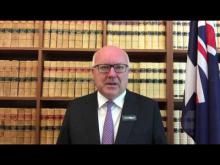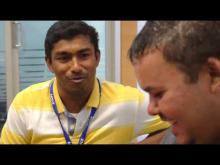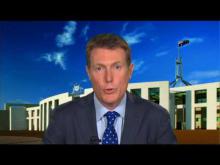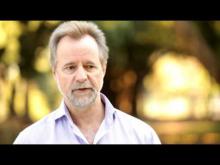“To be the great nation we can be, we have to accept and acknowledge the horrific tragedies of the past but not let the pain of the past define our future. Because I can see these stories of great change and great hope, I don’t think you can allow yourself to be broken by the negativity. This is about our resilience as a nation and our ability to build a life together.” – Jeremy Donovan
Communities unite against domestic and family violence
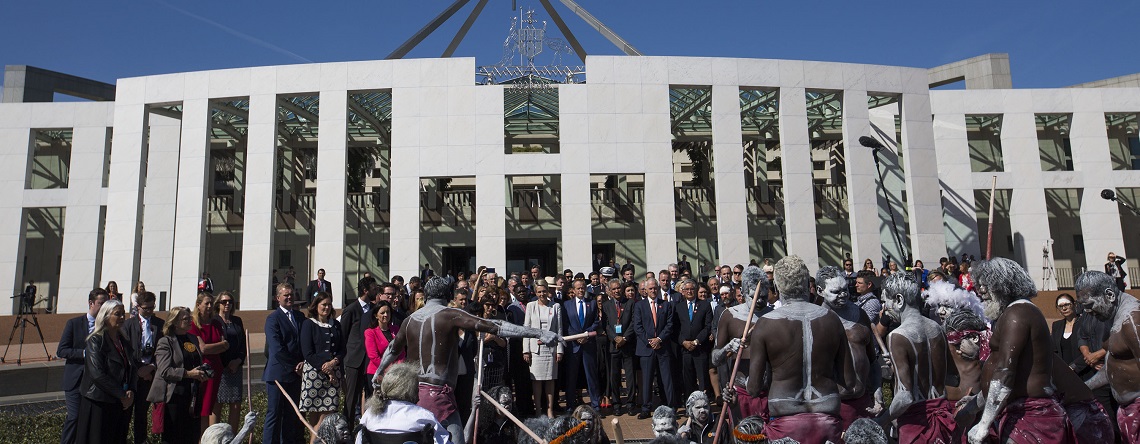
"What do we stand for in this community? Do we want to live in peace and harmony or are we happy to have chaos that destroys and makes families dysfunctional?” – Charlie King AO"
Find out more on communities uniting against domestic and family violence
Safe and Strong Communities
Every man, woman and child should feel safe in their homes and their communities.
National policy to build safe communities
There are many layers to building safe and resilient communities, including adequate infrastructure and access to services. This is a significant challenge in remote communities, where families are often living in overcrowded houses which can lead to health and social problems.
Addressing substance misuse, violence and incarceration are immediate priorities to ensure safe and functioning communities. While government has a crucial role to play in ensuring adequate infrastructure and services are in place, it is essential that we work closely with Aboriginal and Torres Strait Islander people to implement the local solutions.
Keeping Aboriginal and Torres Strait Islander children and families safe is a priority for all governments. The National Framework for Protecting Australia’s Children 2009-2020 reflects the long-term commitment of all governments and the non-government sector to ensure the safety and wellbeing of Australia’s children. One of its priorities is to reduce the over-representation of Aboriginal and Torres Strait Islander children and young people needing child protection services.
The Third Action Plan of the National Framework will help reduce the likelihood of children entering the child protection system. Each strategy and action will be consistent with the five principles of the Aboriginal and Torres Strait Islander Child Placement Principle (prevention, partnership, placement, participation and connection).
More information is available on the Closing the Gap Prime Minister's Report 2017.
Local solutions
Community construction rebuilds Galiwin'ku houses
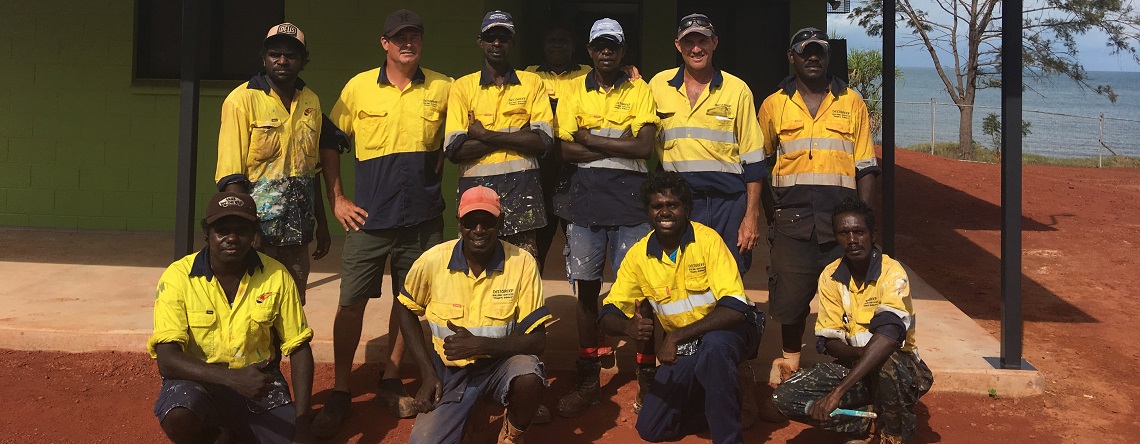
The local community has been heavily involved in the rebuild of Galiwin'ku, following the devastation of Cyclone Lam and Cyclone Nathan, providing residents with the opportunity to take up real jobs and training as well as business enterprise opportunities.
Find out more on the Galiwin'ku houses local solution
More local solutions are available on the resources page

